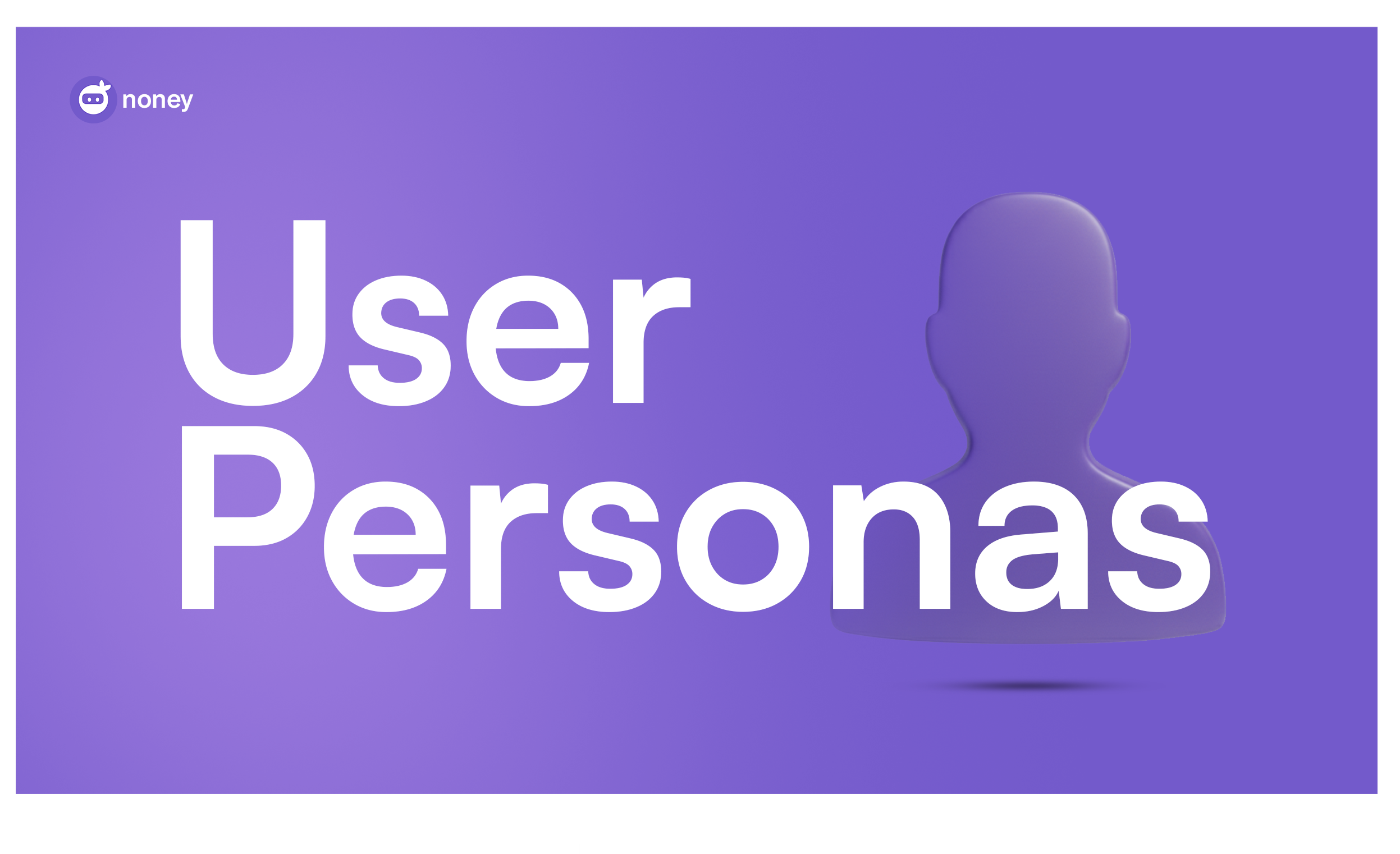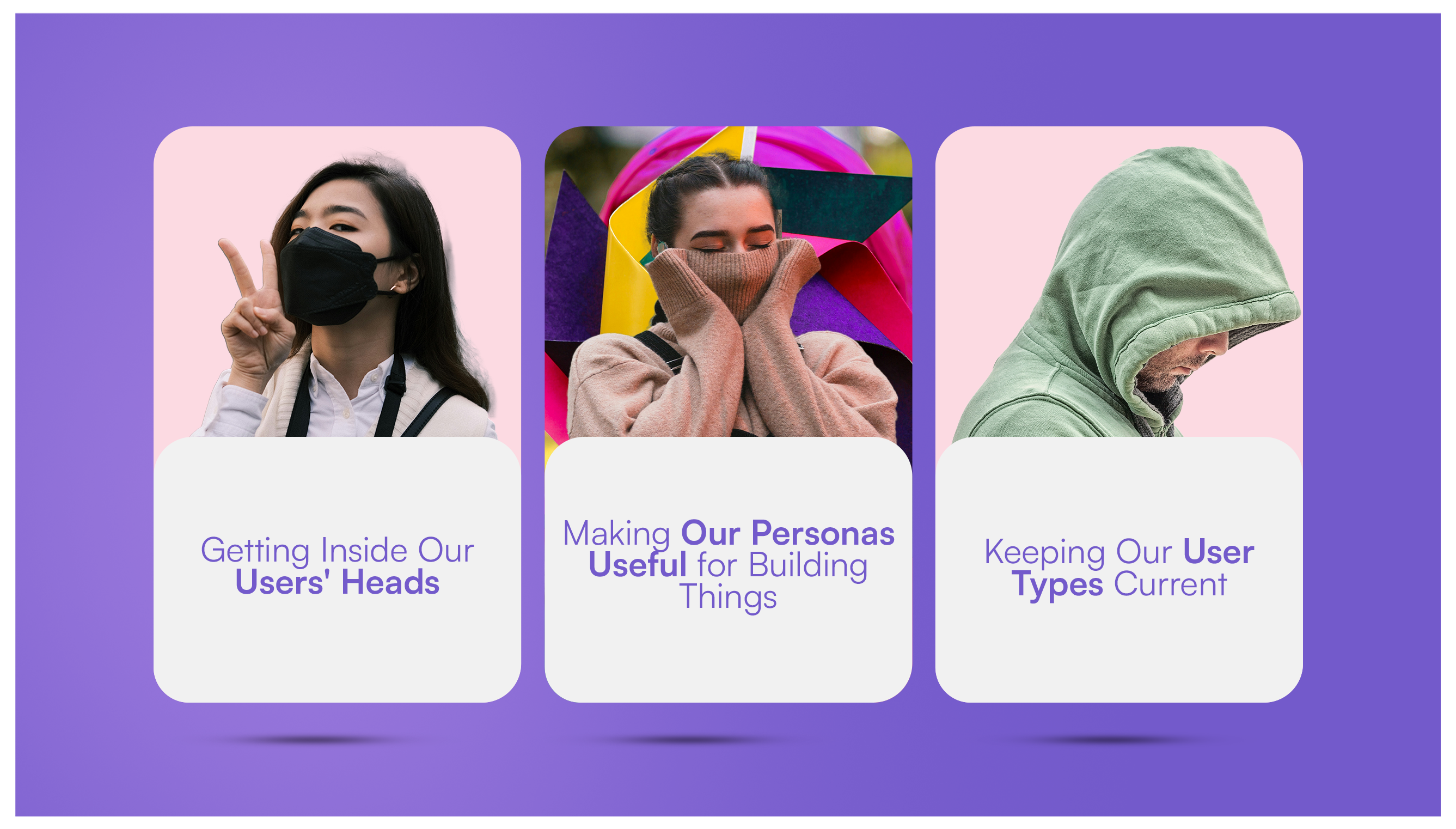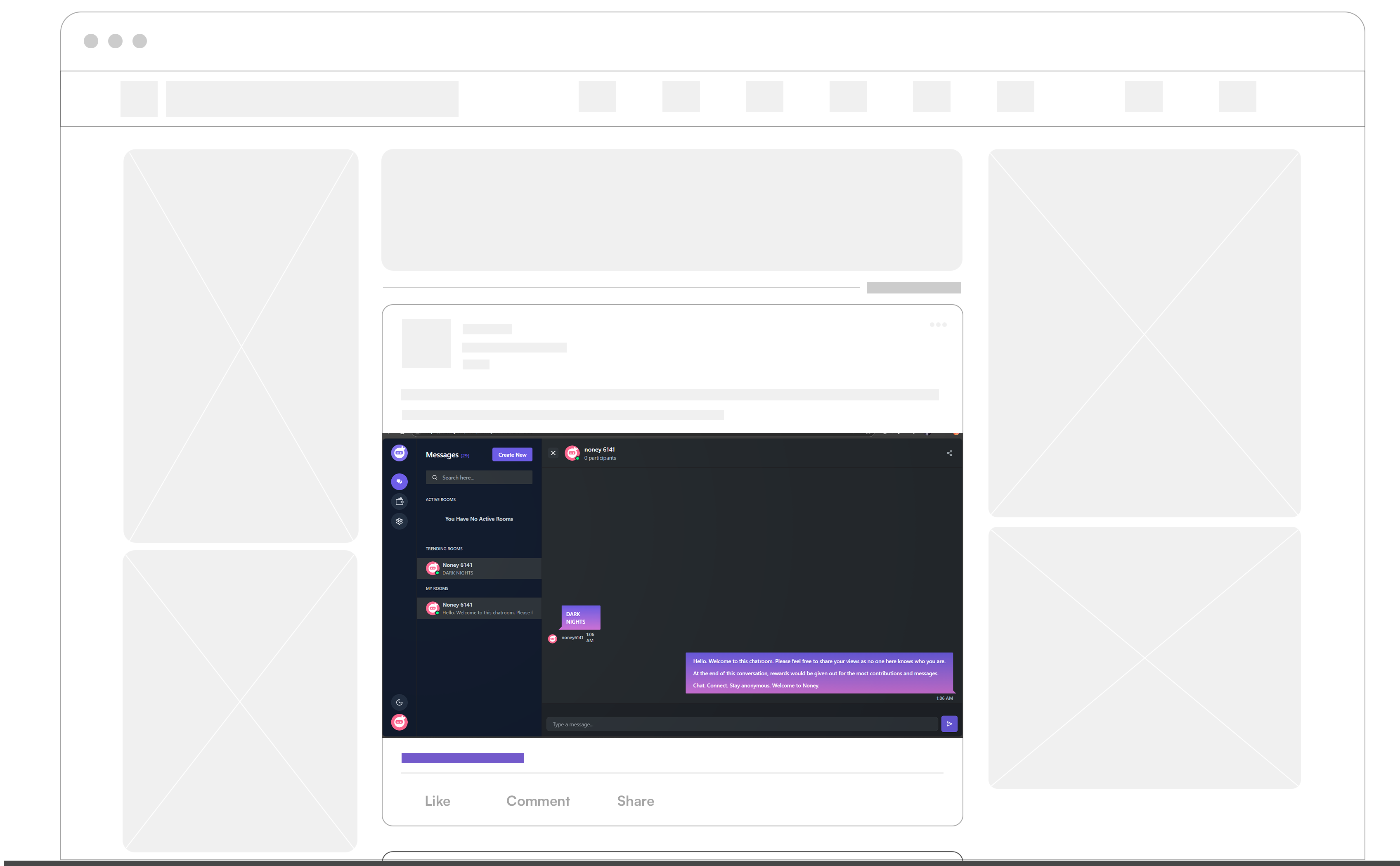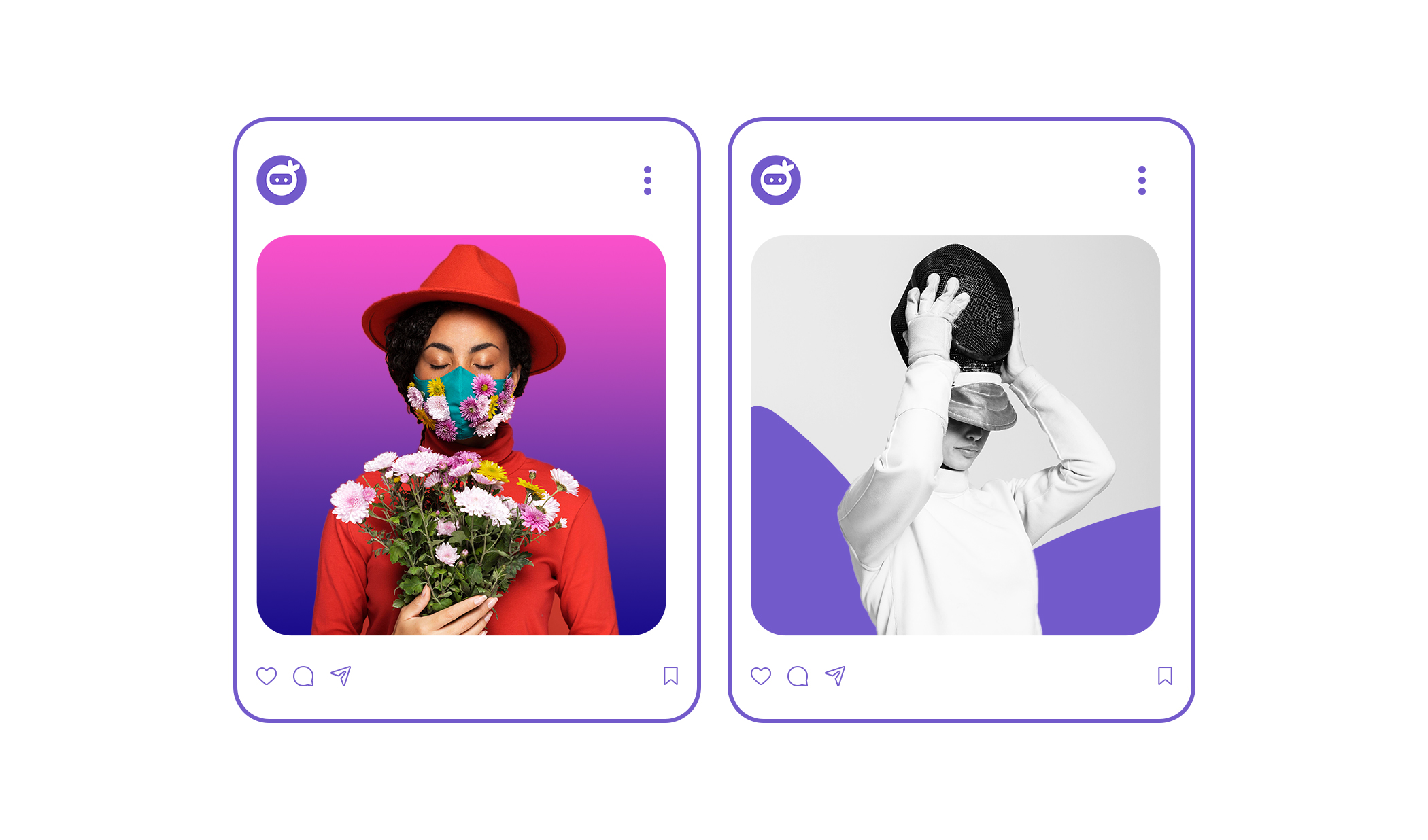Making Personas Useful
Taking those detailed user types we created and turning them into specific features we could actually design and build.

Having four detailed personas was great, but we needed to figure out what they would actually do with our product. So we tried something that felt a bit silly at first—we had team members essentially role-play as our different user types during design sessions.
Someone would "become" Sarah, our privacy-conscious freelancer, and walk through how she might discover our platform and sign up. Another person would think like Mike, our college student, and identify what would frustrate him or make him give up.
This exercise revealed things we never would have caught just by reading persona descriptions. When pretending to be Sarah, our developer immediately pointed out that she'd want to understand exactly what data we collected before creating an account. When channeling Mike, our designer realized he'd probably abandon the process if it took more than a few minutes to get started.

Before we went too far with our personas, we decided to reality-check them by talking to actual people who matched our user types. We found a few people through our networks who fit each persona profile and had casual conversations about their current experiences with earning money online.
These conversations were both reassuring and humbling. We got some things really right—like how much people valued control over their privacy settings. But we also discovered assumptions that were completely wrong. Our "tech-savvy millennials" weren't as comfortable with new payment methods as we thought, and people's willingness to try new earning opportunities had less to do with age and more to do with whether they could understand what was happening with their data.

One thing we learned quickly was that personas aren't something you create once and file away. As we started building actual features and testing them with real users, we kept discovering new details about what people needed and wanted.
Our personas became the common language for our whole team. Instead of having long debates about whether a feature was worth building, we could ask "would this solve a real problem for any of our four users?" If the answer was no, we didn't build it.
